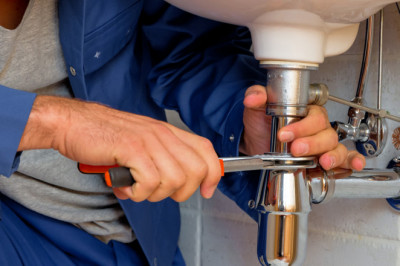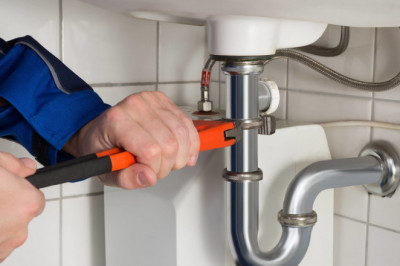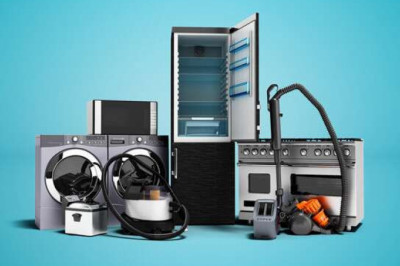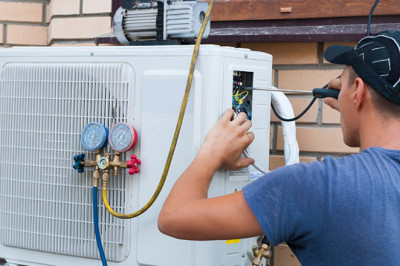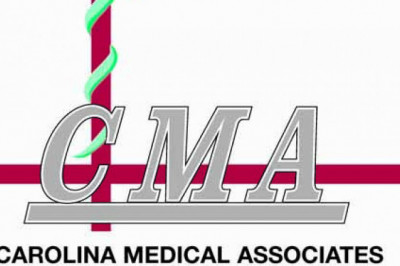views

Vomiting, acute diarrhoea, and abnormal abdominal cramps often pinpoint a case of food poisoning. It is high time to take food-borne illnesses seriously. Every year millions fall sick due to severe food poisoning. Here are some tips that will assure food safety and will thus eliminate discomfort.
Always Be Clean
To keep the viruses at bay, you must maintain a clean surrounding forever. Clean hands and a hygienic kitchen can help restrict the illness-causing bacteria and germs from spreading around. It is essential to wash your hands before and after handling the food and also while consuming the meals. You must wash your hands for a minimum of twenty seconds with soapy warm water to get rid of the deadly viruses. And if there is a presence of pests like ants and cockroaches you should get rid of them properly. In this case you may need the help of pest control services
Wash the kitchen countertops, utensils, dishcloths and cutting boards before they come in contact with any food product. Mix a teaspoon of bleach with a gallon of water and transfer the cleaning agent into a spray bottle. Sanitise the surfaces using a paper towel or a sponge.
Try To Avoid Cross-Contamination
Never make the mistake of using the same plates and vessels for cooked and raw food. Wash the plates, glasses and other utensils thoroughly before serving food. If the chicken is put back on the plate it was defrosted on, it will lead to salmonella infection. Why invite all the trouble when you can follow the necessary food safety measures at home?
Since bacteria live in the grooves of wooden cutting boards and other plastic utensils, make sure to use a separate one for meat products, just to be safe. Rinse and scrub veggies and fruits well before consuming them.
Proteins Should Be Cooked Well
How do we make out whether the food is entirely cooked or not? Well, maybe the colour and texture may help determine the same but in no way can we ensure food safety without actually checking the temperature. Place the food thermometer in the thickest part of the food products to check whether they meet the specific temperature requirements.
The food has to be hot to kill the harmful germs and bacteria. Without a food thermometer, it is impossible to observe the cooking temperature. Fish should be cooked to 145 degrees Fahrenheit to keep them safe from bacterial attacks. Cook ground meat to about 160 degrees Fahrenheit to assure food safety.
Defrost The Right Way
Bacteria and germs begin to multiply when the temperature of the food exceeds 40 degrees Fahrenheit. Even though in a hurry, never use hot water to thaw frozen food products. Cook the food immediately once thawed using a microwave. Viruses get attracted to partially-hot food. If you opt for the cold water method, make sure to place the frozen food in plastic bags before immersing it in cold water. Keep changing the water after every thirty minutes until the food is completely defrosted.
Food safety is indeed a pretty vast area of study. For further information, browse the internet and note down the best-known agencies that provide exceptional food safety training programmes. There will obviously be hundreds of renowned professional training centres in the city. So, you will have to put in some effort and filter out the reliable companies after verifying all the major aspects.
Keep A Check On The Food Temperature
Keep the chilled food cold and the cooked food warm at all times. By not sealing the leftovers timely, you are only inviting the microbes to take charge of the food products. Store the food properly to minimise the effect of bacteria and germs. Viruses thrive in a warm and moist atmosphere. So, pack and seal the leftovers within two hours or you may have to toss the food right away.





